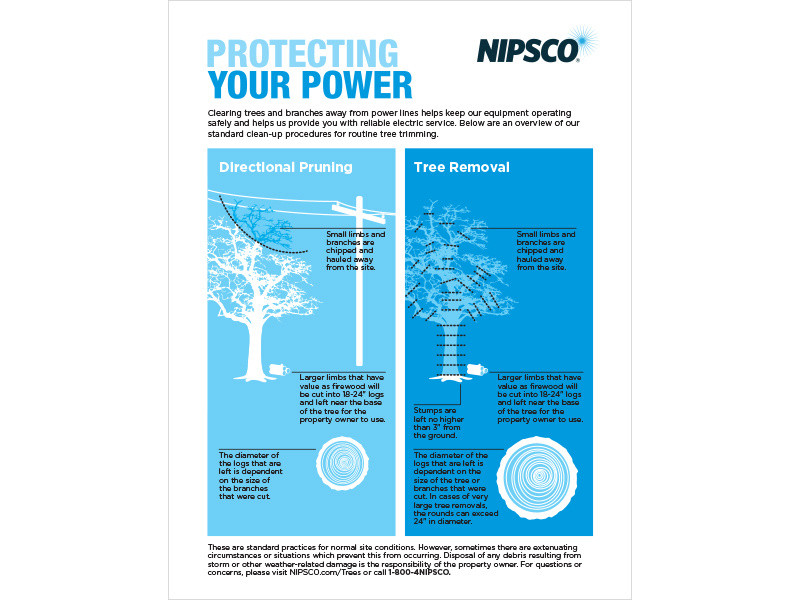Seasonal Tree Treatment: How To Manage Trees Before And After Elimination
Seasonal Tree Treatment: How To Manage Trees Before And After Elimination
Blog Article
Article Written By-
When it comes to seasonal tree care, ensuring correct management before and after elimination can significantly affect the health and wellness and appearances of your landscape. By recognizing the necessary actions associated with analyzing tree health and planning for removal, you can proactively protect your property. However what about the vital practices to adhere to as soon as the tree is gone? Keep tuned to discover the important post-removal treatment actions that will certainly assist you cultivate a thriving and lasting setting for your trees.
Pre-Removal Tree Care
Before resolving the removal of a tree, it's vital to prioritize pre-removal tree care. Start by analyzing the tree's health and architectural honesty. Look for signs of condition, bug infestations, or any architectural issues that may pose a security hazard throughout elimination. It's necessary to speak with a qualified arborist to identify the most effective course of action.
Pruning dead or infected branches can stop more damage to the tree and guarantee a smoother elimination process.
Additionally, think about the ecological influence of eliminating the tree. Trees play an important duty in our ecological community, so planting a brand-new tree in a suitable area can aid counter any kind of loss. Make certain that you have the essential authorizations and permissions for tree elimination, specifically if the tree is safeguarded by local laws.
Seasonal Maintenance Tips
Examining your tree's demands throughout the year is critical for its health and long life. To maintain your trees in leading problem, adhere to these seasonal maintenance pointers.
In spring, focus on trimming to get rid of dead or damaged branches and motivate new growth.
Summertime requires routine watering, specifically during dry spells, to ensure your tree remains hydrated.
As fall methods, watch out for early indications of condition or tension, and think about using compost to safeguard the origins throughout winter.
In winter season, be cautious when getting rid of snow from branches to stop breakage, and continue to check your tree's overall wellness.
Bear in mind to readjust your care routine based upon the certain requirements of your tree varieties and regional environment. By staying attentive and aggressive throughout the seasons, you can help your trees grow and grow for years to come.
Post-Removal Tree Treatment
To ensure the wellness of your landscape also after tree removal, proper post-removal treatment is important. After a tree is removed, it's important to fill up the continuing to be opening with topsoil and small it to avoid settling. This will assist preserve the honesty of the ground and stop prospective threats in the future.
Think about growing Tree Pruning Shears of the eliminated tree to recover the balance and aesthetic appeals of your landscape. https://postheaven.net/rosie708eliseo/the-repercussions-of-eliminating-trees-on-the-ecological-community-what-you to advertise the development of brand-new plants and prevent soil disintegration.
Check the surrounding trees for any type of signs of disease or tension that might have been triggered by the eliminated tree. Watch out for pests that may've been attracted to the previous tree and take safety nets to secure the continuing to be plants.
If needed, consult with a professional arborist to assess the influence of the elimination on the bordering trees and establish any type of added care needed. By following these post-removal care actions, you can make certain the continued health and elegance of your landscape.
Final thought
In conclusion, aggressive seasonal tree treatment is important for maintaining the health and equilibrium of your landscape. By assessing tree health, pruning, and talking to an arborist before elimination, you can ensure a risk-free process. After elimination, filling the hole, growing brand-new plants, and regular watering will promote new growth and prevent erosion. Remember to evaluate bordering trees for illness and seek more treatment measures from an arborist to keep your landscape flourishing.
